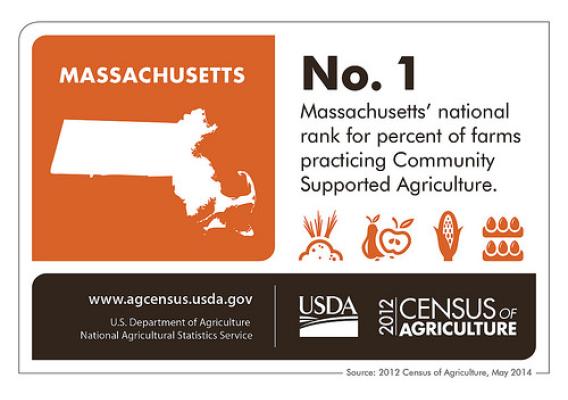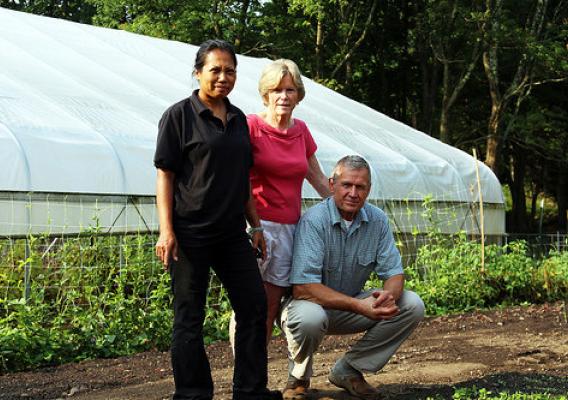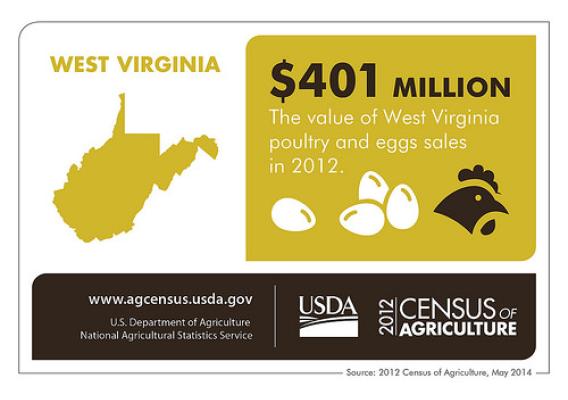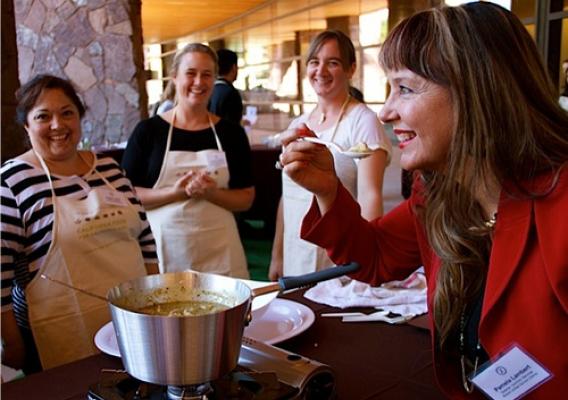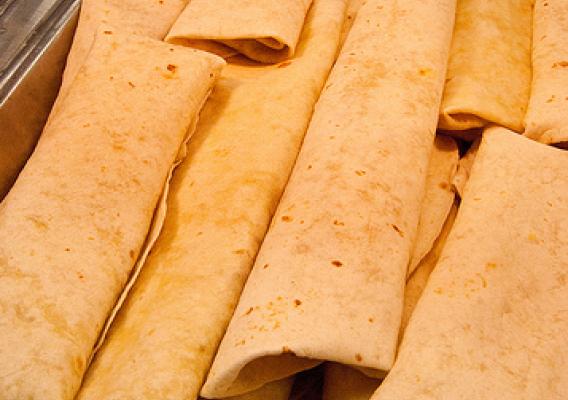The Census of Agriculture is the most complete account of U.S. farms and ranches and the people who operate them. Every Thursday USDA’s National Agricultural Statistics Service will highlight new Census data and the power of the information to shape the future of American agriculture.
West Virginia’s climate and topography earned our state the Mountain State nickname. Our rugged mountains also ensure our agricultural community remains extremely diverse. Since West Virginia was admitted to the Union on June 20, 1863, farms have been the backbone of the state. According to the first agricultural census, conducted in West Virginia in 1870, there were 39,778 farms with 8,528,394 acres in production, with an average farm size of 214 acres. In the 2012 Census of Agriculture there were 21,480 farms in West Virginia with 3,606,674 acres in production, with an average farm size of 209 acres.
Unlike in many other states, West Virginia’s small farms (those farms selling less than $250,000 in agricultural products) account for nearly 29 percent of total farm sales in 2012, contrasting the US average of 11.1 percent. An even more telling statistic is that nearly half of sales of agricultural products were from farms selling less than $1,000,000, compared to the U.S. average of 33.6 percent. West Virginia has one of the highest ratios of small farms to total number of farms based on the 2012 Census of Agriculture.

